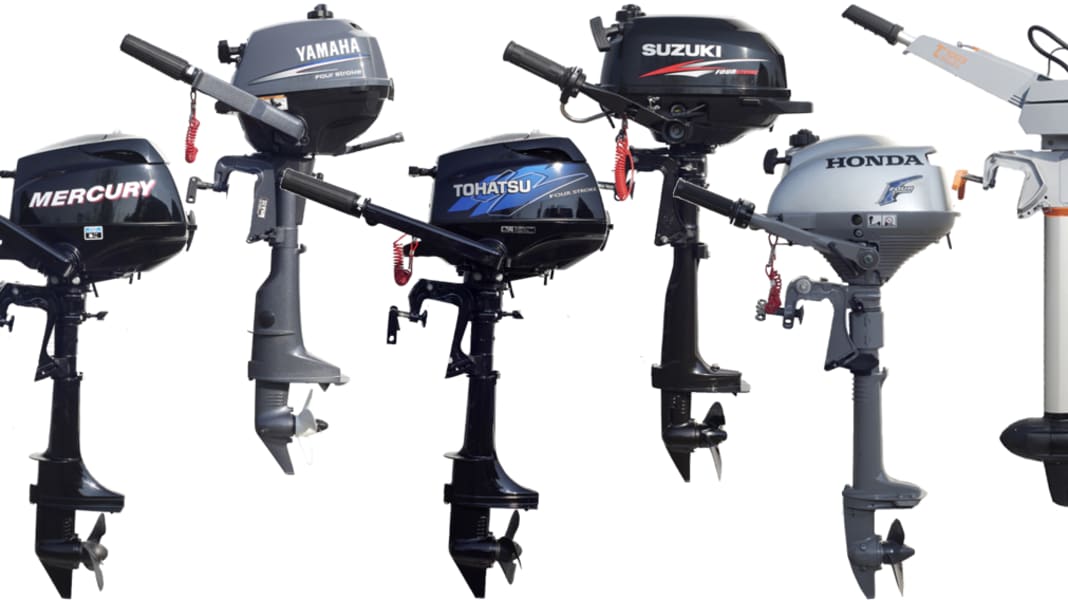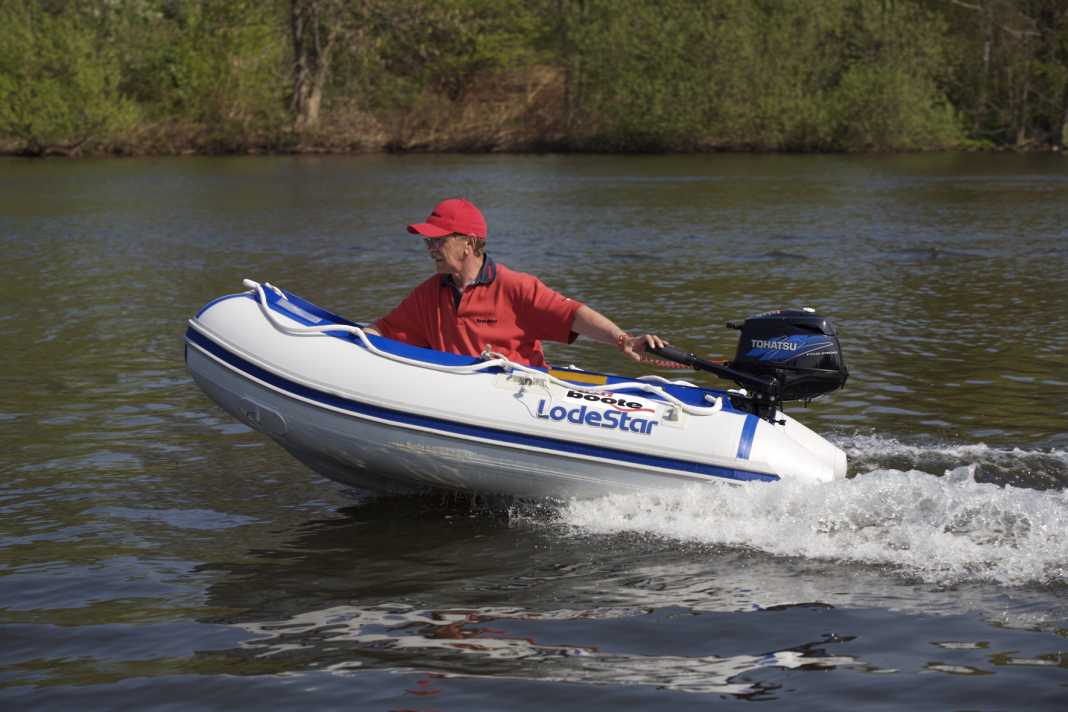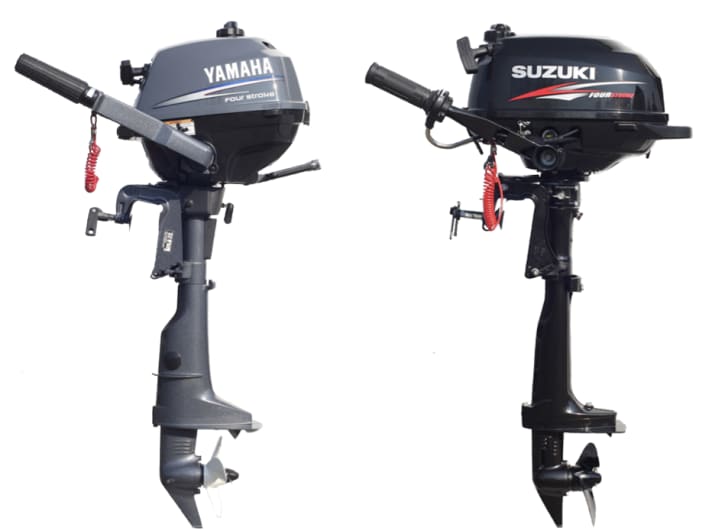

Admittedly, the smallest, mass-produced outboards do not play a major role on the big stage of motorised water sports; however, to classify them in the "toy" category is a blatant misjudgement for many. On the one hand, they are built with great technical effort and, in the short-shaft version tested, are the perfect drive for the small dinghy that hangs in the davits or lies rolled up (inflatable boat) in the storage space below deck.






On the other hand, anyone who wants to have fun with them does not need to have a driving licence, but must in any case be mentally and physically fit to drive a boat and at least sixteen years old on inland waterways. On maritime waterways, the only thing that matters is suitability; there is no age limit.

This means that even if handling these compact little motors is child's play, "our dear little ones" are still far from being allowed to ride them. At least not always and everywhere. This is a shame, as (almost) everyone knows that handling small engines and the matching boats is great fun for children and the perfect training for future recreational captains. In the world of adults, the popular minis have proven themselves as practical helpers when going ashore with the dinghy and as a doldrums pusher.

The line-up for this comparison test includes four-stroke petrol engines from Honda, Mercury, Suzuki, Tohatsu and Yamaha. Unfortunately, Selva did not respond to our invitation to take part in the test. Included for the first time is Torqeedo's Travel 1003 S, an electric motor whose performance is comparable to that of a 3 hp petrol engine, according to the manufacturer.
The prerequisites for a successful performance in this performance class are low weight, small pack size, easy handling and an attractive price. Honda and Suzuki, both of which weigh in at 14 kilograms ready to ride, are literally the lightest to achieve objective number 1.
Torqeedo's electric motor is just behind at 15 kg, but still well ahead of the "middleweights" from Mercury and Yamaha, which weigh in at 18 kg. Only the 20 kg Tohatsu is heavier than a normal crate of beer in this test.
As with all other test motors, a sufficiently large, well-rounded carrying handle ensures that there are no serious transport problems. Torqeedo owners don't need to worry too much if they want to put the motor in the back box or boot, as the tiller and battery can be removed and stowed separately in a single operation without any tools.
On the petrol engines, all of which in this test are single-cylinder with overhead camshaft and two-valve technology, the ventilation of the integrated tank and the petrol tap must be closed and the engine placed on the marked side. If the engine is on the wrong side and/or the head is higher than the shaft, the engine oil may leak out. None of the manufacturers do without a folding tiller, which reduces the pack size.
The motto for handling is "attach, tighten, drive off". However, you must not forget to use the quick stop and open the tank ventilation and petrol tap before starting. If you decide in favour of the electric motor, you can forget about "pulling up" and "refuelling". If the manual starting device, which can be removed from all petrol models with the exception of the Yamaha, fails, the engines can be started using the standard emergency starter rope.
One point of criticism is the fact that the engines can be started with the gearbox engaged. The exception to the rule is the Honda, which, unlike its petrol-powered rivals, has a centrifugal clutch rather than a transmission with a forward-neutral gearstick.
The Torqeedo electric motor offers the highest standard of safety and comfort in this respect, with which not only the speed but also the direction of travel is determined by simply turning the throttle. If you want to drive backwards with the petrol engines, you have to turn the motor 180 degrees. This may sound a little complicated, but with a little practice it really isn't a problem. The same applies to adjusting the smoothness of the tiller and throttle grip.
The ease ends with the adjustment of the trim position, which can only be changed effortlessly in the water with Mercury and Tohatsu.
You can find the full test report with all measurement results and consumption values in the current August issue of BOOTE which is now available at newsagents!

